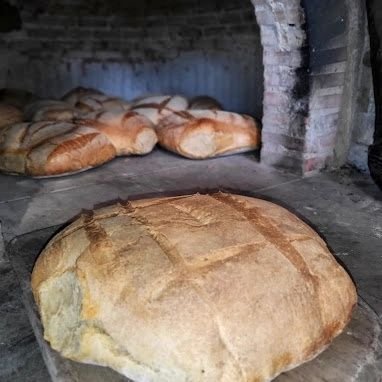Those in search of adventurous routes into the rocky heart of the Earth, in contact with the ancient remains of the earliest civilisations, should stop at the Grotta della Monaca, in Sant'Agata di Esaro in the province of Cosenza: a small village nestled in the beautiful Pollino mountains.
This, a karstic cavity six hundred metres above sea level on the slopes of Orsomarso, preserves some of the many prehistoric remains in Calabria.
Here lies an underground world where time seems to have stood still millennia ago, in a suspended atmosphere full of ancestral references.
The Grotta della Monaca is one of the largest cavities in Calabria.
Rich in minerals such as iron, copper and malachite, archaeological excavations have shown that it was frequented by man for a very long time, ranging from the Upper Palaeolithic to post-medieval times. The first accidental discoveries took place in 1997, and since then research has continued, bringing to light one of the oldest prehistoric caves in Italy.
The environments of the Cave
The Grotta della Monaca (Nun's Cave) consists of several underground environments. As is often the case with caves, tunnels and natural cavities, the environments here also have evocative names that recall their morphological characteristics.
The visit, full of enchantment and suggestion, takes place under the sole light of the equipment provided, also to avoid any form of light pollution and to preserve the nature of the place in its entirety.
You can choose between three types of routes, one easier and two more challenging.
Short route
The short route only includes a visit to the Pregrotto:
i.e. an environment marked by the presence of collapsing rocky boulders, detached from the surrounding walls; traces dating back to post-medieval times can be found here, testifying to the mining of iron, as can be seen from the various footprints and the remains of tools;
Medium route
the medium route includes the addition of two rooms
the Diaphragm, a narrower rocky corridor;
the Bat Room, rich in stalagmites, is so called because of the presence of a colony of bats. Here we find very ancient traces of mining that take us back to the Neolithic period (we are between the 5th and 4th millennium BC!), when man extracted minerals using primitive stone or bone tools.
Long route
The long route also includes a visit to the Three Terminal Tunnels, three very narrow tunnels at the end of the Bat Room.
These environments are charged with historical significance and value and represent a moment of utmost wonder.
Some stretches, almost close to the rock, are recommended for people who are familiar with hiking trails.
There are burials from the Protohistoric period of which niches, small inhumation chambers and skeletal remains remain.
The portion accessible to the public ends with the 'Jump', which is a considerable drop that leads to an area accessible only to experienced cavers.
But why is the Nun's Cave so called?
The answer is to be found in the Hall of Bats: here lies a calcite concretion in the fanciful likeness of a nun's face.
Known since the 19th century, it has been visibly retouched by man to emphasise the features in the eye and nose area and make it look even more like a human face.



